Heating & Cooling
Installing an efficient electric heat pump will help you reduce your energy costs (in many cases) and reduce your carbon footprint, while improving indoor air quality and comfort in your home.
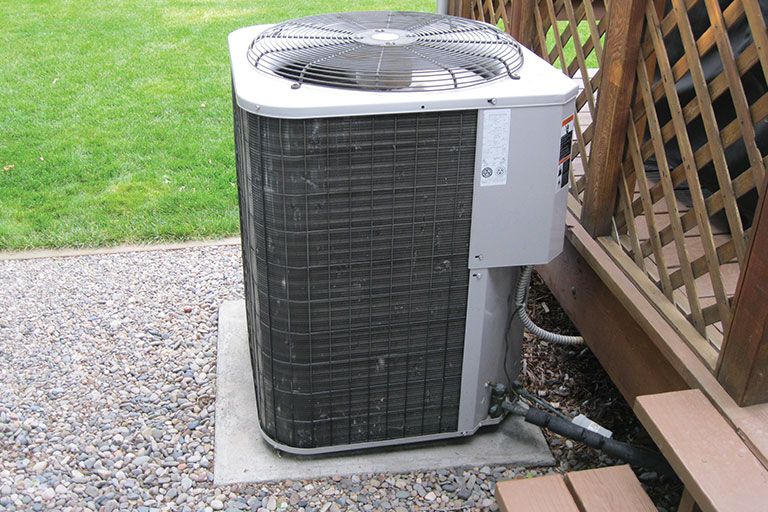
Accessibility Tools
Installing an efficient electric heat pump will help you reduce your energy costs (in many cases) and reduce your carbon footprint, while improving indoor air quality and comfort in your home.

Air-source heat pumps (ASHPs) are reversible air conditioners. Just like an air conditioner, in the summer they transfer heat from inside your home to the outside. In the winter they “concentrate” and transfer heat from the outside to inside your home.
See the video at right on how a heat pump can heat your house during the cold winter months. Heat pumps run on electricity but are 2-3 times more efficient than electric resistance heating. Heat pumps provide both heating and cooling for your home, all in one unit. Heat pumps consist of an outdoor unit connected to one or more indoor units by refrigerant lines.
ASHPs can use ducts to transport the warm or cool air throughout your home, like most home heating and central air conditioning systems. There are also “ductless mini-split” and “mini-duct” systems (the latter being a hybrid of ductless and ducted systems). Air-Source heat pumps can also be used to supply heat to in-floor radiant heating systems. These systems are called air-to-water heat pumps.
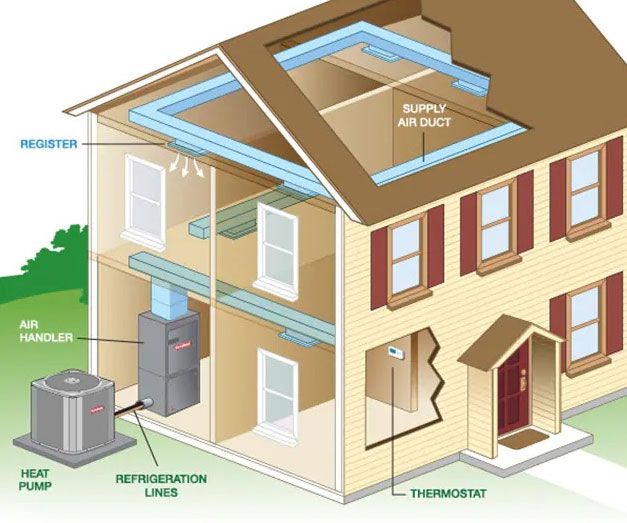
Ductless heat pumps, also known as “mini-splits,” move refrigerant, rather than heated or cooled air, from the outdoor unit to one or more indoor units. The indoor units are typically wall-mounted and include a small fan. (See ductless heat pump diagram to right.) Ductless mini-split heat pumps tend to be more energy-efficient than ducted systems, in part due to eliminating ducts and requiring smaller fans.
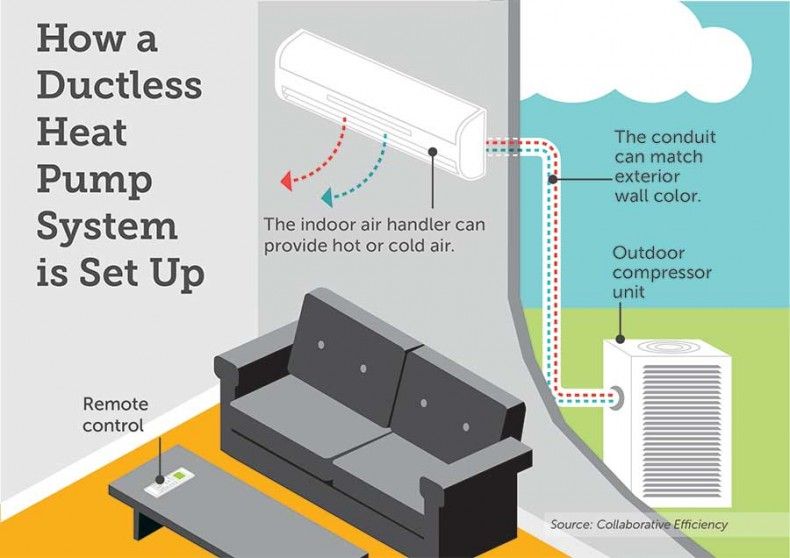
Heat pump technology used to be limited to southern regions of the country. Over the past 5-10 years, heat pumps have been improved and designed to operate in cold climates. The result is a new product category, cold climate heat pumps, which can now perform well year-round, even in the coldest counties in Colorado.
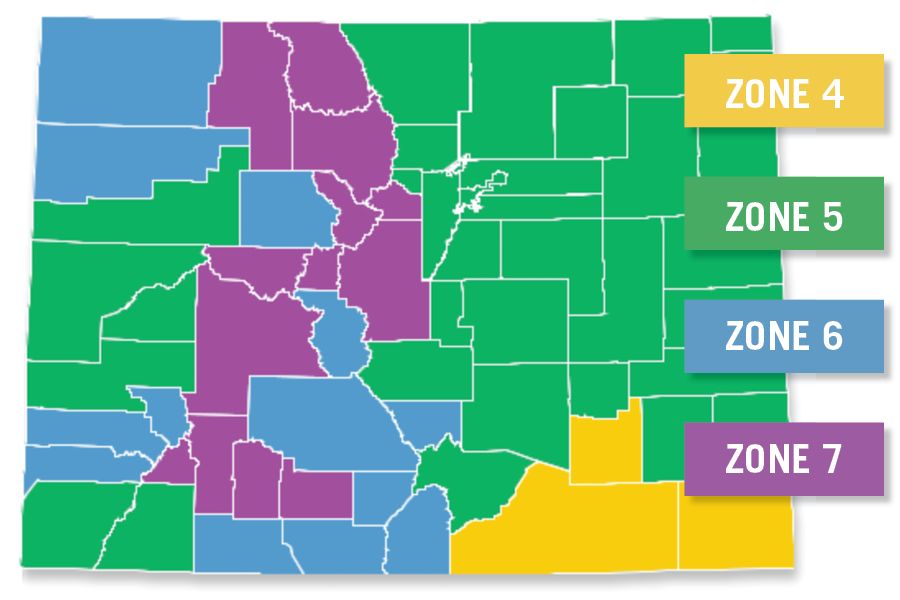
For new and existing homes, heat pumps can provide several important benefits, including:
Reduced annual heating costs
Reduced air pollutant emissions
Heat pumps work very well and tend to be more cost-effective in new homes than in retrofits of existing homes. There are also many benefits of designing new homes to be all-electric.
For retrofits of existing homes, air emissions, comfort, and safety will be improved in nearly every case, but the costs only pencil out today in some applications.
More details are provided below, in the “heat pump applications” section.
Before considering how or whether to upgrade your home’s heating system, you should start with making sure your home is well-insulated. Improving your home’s efficiency by insulating, air sealing, and other weatherization steps will help your heat pump or other heating system work more effectively. Weatherizing will save you money on heating and cooling, improve your comfort, and (as with heat pumps) may be financed through incentives or rebates to help pay for it. See the weatherization/home performance section in this guide.
Check with your electric or gas utility or local government energy services department to take advantage of rebates and financing assistance for home weatherization. See utility rebates
Income-qualified Coloradans can apply for free help in weatherizing their home through the Colorado Energy Office’s Weatherization Assistance Program.
Here are some tips and resources to help you plan and execute a successful heat pump or heat pump water heater installation.
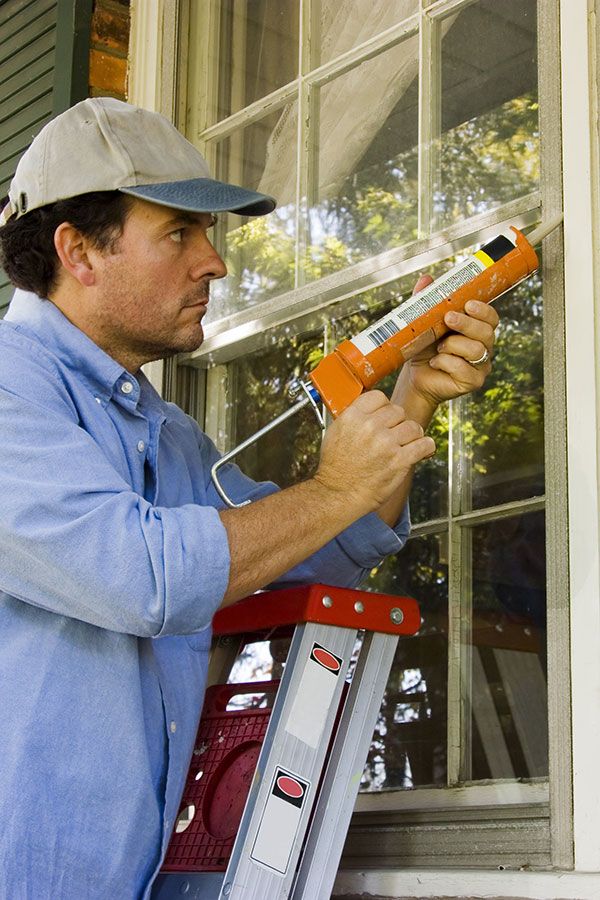
Here are some of the most cost-effective applications for heat pumps in Colorado homes. And in the “How Choose Your Heat Pump Scenario” section below, you can find your climate zone, home size, and current heating and cooling system. We provide estimates of initial costs and potential energy cost savings for a heat pump solution that meets your needs.
STEP 1: Find your heating & cooling equipment
STEP 2: Find your climate zone from the map above
STEP 3: Click on your home size
If your home currently has electric resistance heating (e.g., baseboard electric heating), a practical, cost-saving solution is to install a ductless heat pump system to provide some or most of the home’s heating needs. The heat pump will reduce annual heating costs by up to 60%. Ductless heat pumps also make a lot of sense for new additions, rather than installing new electric baseboard heating, or installing ducts for heating or cooling. In addition, the heat pump will also provide efficient cooling to the existing rooms or the new addition.
If your home is currently heated with natural gas, the economics of choosing a heat pump are more challenging. However, it can make sense to replace your central AC system with a heat pump (when replacing your existing AC system or installing a new one).
If the existing gas furnace is in good shape, then the heat pump can be set to provide heating down to a specified outdoor temperature such as 30 degrees F, with the gas furnace providing the heating at temperatures below that. In this scenario, the heat pump will provide about 60% of the total annual heating needs for a home in Denver. Choosing the 30 degrees F balance point allows the heat pump to operate more efficiently at the more moderate temperatures, and results in only a small increase in the annual heating costs compared to using the gas furnace alone, while still achieving significant reductions in carbon emissions. In addition, having a back-up furnace allows the heat pump to be sized for the heating demand at the balance point temperature, reducing its required heating capacity and eliminating the need for new ducts or for choosing a cold-climate model, resulting in cost savings compared to a full furnace replacement.
In this scenario of reducing 50-60% of the home’s natural gas consumption for heating, the heat pump will reduce the home’s GHG emissions from heating by ~35%, which will appeal to many “green” home-owners. For a 3-ton AC system, we estimate that the incremental cost of installing a heat pump rather than replacing the central AC is $1500-$2500. In that range, utility incentives can offset most or all of the incremental cost. For example, Tri-State incentives of $450/ton will amount to $1350 for a 3-ton heat pump system.
If your home is currently heated with propane, you can reduce your heating costs by 35% or more by replacing the furnace with a heat pump when the furnace is at end of life, or adding a heat pump to displace most of the heating from your existing furnace. The heat pump will cost more initially than a propane furnace, but can make sense with utility rebates, especially if your home also has (or needs) air conditioning to maintain comfort in the summer.
Do you need a back-up furnace?
If you are replacing your propane furnace with a heat pump, and if your home is in climate zones 4 or 5 (see map below), you should choose a cold-climate heat pump. In that case, with proper sizing and installation, you do not need a backup furnace (but you could still choose to have a heat pump with a backup furnace). If you choose to forgo the backup furnace the heat pump system may require some new, larger ducts to be installed, which will increase the installation costs.
If you live in climate zone 6 or 7 (Colorado’s mountain areas), then for existing homes we recommend a back-up furnace in most cases, in which case the heat pump should be sized to provide the heating above a “balance” outside temperature such as 20 degrees F. In this application, with a backup furnace, new ducts will probably not be required, and the heat pump will still provide most of the home’s annual heating needs, reducing the annual heating costs.
If your home has a propane boiler and a radiant heating system, you could install a mini-split heat pump system to serve one or two of the main zones of the house and displace some of the heating load from the boiler. This will help reduce your annual heating costs, and will also reduce the carbon footprint of the home. In addition, the mini-split will provide cooling in the summer months, improving the comfort of your home.
If your home is heated by natural gas and does not currently have central air conditioning, you can improve your comfort in the summer months by adding a mini-split heat pump to serve one or two zones (such as the living room and one or two bedrooms). You can also operate the heat pump in the winter months (down to a temperature such as 30 degrees F) to help reduce the carbon footprint of your heating system.
Here are our suggested specifications to help guide you in choosing the type and efficiency requirements of the best and most cost-effective heat pump system for your application. You should also refer to the minimum specifications of your electric utility to make sure your heat pump qualifies for their rebates.
Heat Pump | Minimum Specifications | Suggested Applications |
|---|---|---|
| 1-2 ton heat pump | HSPF 10+ | Mini-split systems for additions, partial fuel displacement |
| Non-cold-climate heat pump, 3 tons or greater | HSPF 9.0+, SEER 16+, 1- or 2-stage compressor | Dual-fuel retrofits, temperatures down to 25 degrees F |
| Higher efficiency non-cold-climate heat pump, 3 tons or greater | HSPF 9.5+, SEER 16.5+; variable speed compressor | Dual-fuel retrofits, temperatures down to 20 degrees F |
| Cold-climate heat pump, 3 tons or greater | a) HSPF 9.5+/10.0+ (ducted/ductless), b) SEER 16+, c) 3+ compressor stages or continuously variable, d) COP 1.75+ at 5 degrees F, and/or listed on NEEP’s qualified cold-climate product list1 | New construction or all-electric retrofits in climate zones 4 and 5, temperatures down to 0 degrees F or lower |
1 These cold-climate heat pump specifications are based on NEEP’s specification, with two minor changes: a) HSPF 9.5+ for ducted, instead of NEEP’s minimum of 9.0+; and b) SEER 16+, instead of NEEP’s minimum of 15. Many models of heat pumps meet these minimum specifications, including 80-90% of those listed on NEEP’s qualified product list, which can be found here: www.neep.org/heating-electrification/ccashp-specification-product-list.
Air-source heat pumps (ASHPs) are essentially reversible air conditioners. Just like an air-conditioner, in the summer they transfer heat from the air inside your home to the outside. In the winter they transfer and “concentrate” heat from outside air to heat your home.
Air-source heat pumps are the most common (see question number 1). Ground-source heat pumps use water in underground pipes as the heat source (or sink), rather than air. They are more expensive than ASHPs but are also more efficient. Ground-source heat pumps can be used for larger homes, for homes in colder climates (such as Colorado mountain areas), or for multi-family buildings or schools.
There are also “air-to-water” heat pumps, which are air-source heat pumps that transfer heat from the heat pump to water rather than to provide warm air. These systems are less common, but can be used to provide hot water for radiant heating systems.
Whether a heat pump makes sense for your home depends on your current heating system, location, etc. Installing a new heat pump system will not be cost-effective in some situations. Please see the Heat Pump Resources section above.
Heat pumps provide both heating and cooling, and they work very well for both, if designed and installed properly. However, a new heat pump does cost more than replacing a furnace. If your home has a natural gas furnace or boiler and is comfortable in the summer without air conditioning, then a heat pump may not make economic sense for you. On the other hand, heat pumps only cost slightly more than a central air-conditioning (AC) system. So, if you want to add AC to your home or need to replace your existing AC, choosing a heat pump makes a lot of sense, especially with utility rebates and federal tax credits. The heat pump will keep your home cool in the summer, while also helping to heat your home in the winter, with the same or lower heating costs and much lower carbon emissions.
A ducted heat pump system is very similar to a central AC system, and the heat pump works the same as the AC system during the summer months (providing cooling to the home). In the winter months, the heat pump is able to operate in reverse mode, drawing heat from the cold outside air, concentrating it, and warming the home.
Cold-climate heat pumps achieve better energy performance at colder temperatures than standard heat pumps, and they are designed for higher efficiency over the entire range of winter temperatures. The best cold-climate heat pumps provide 70-80 percent of the heat pump’s maximum heating capacity at temperatures as low as 5 degrees F.
For a new home in climate zones 4 or 5 (all areas of Colorado except for the mountain areas), a cold-climate heat pump system will work very well without a backup furnace. However, for an existing home in these areas with a gas furnace, it will probably be more cost-effective to keep the existing furnace as a backup.